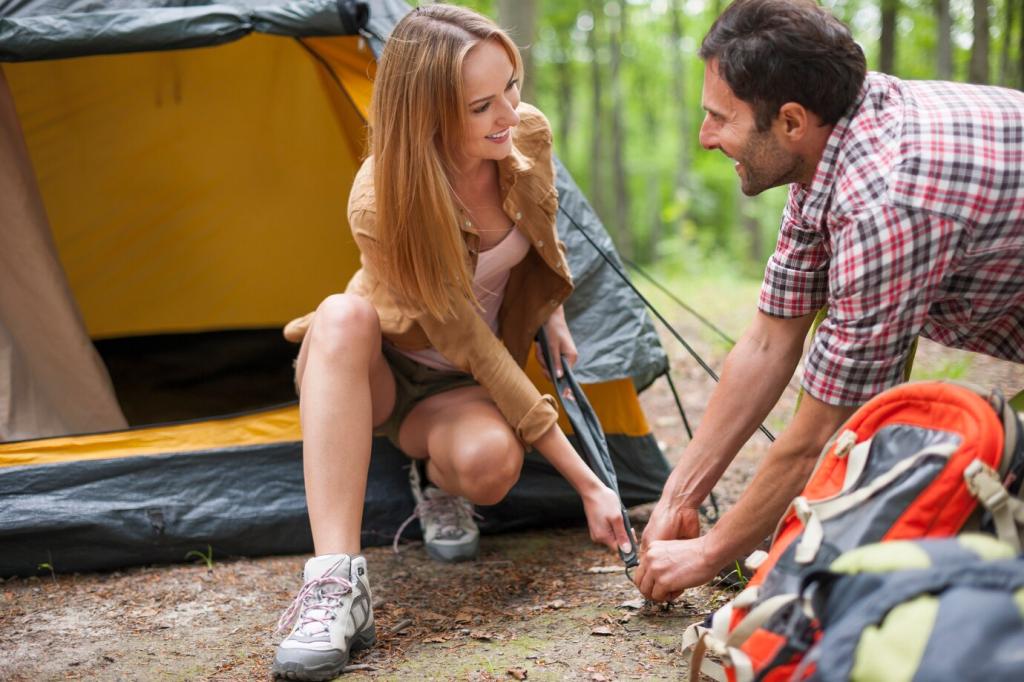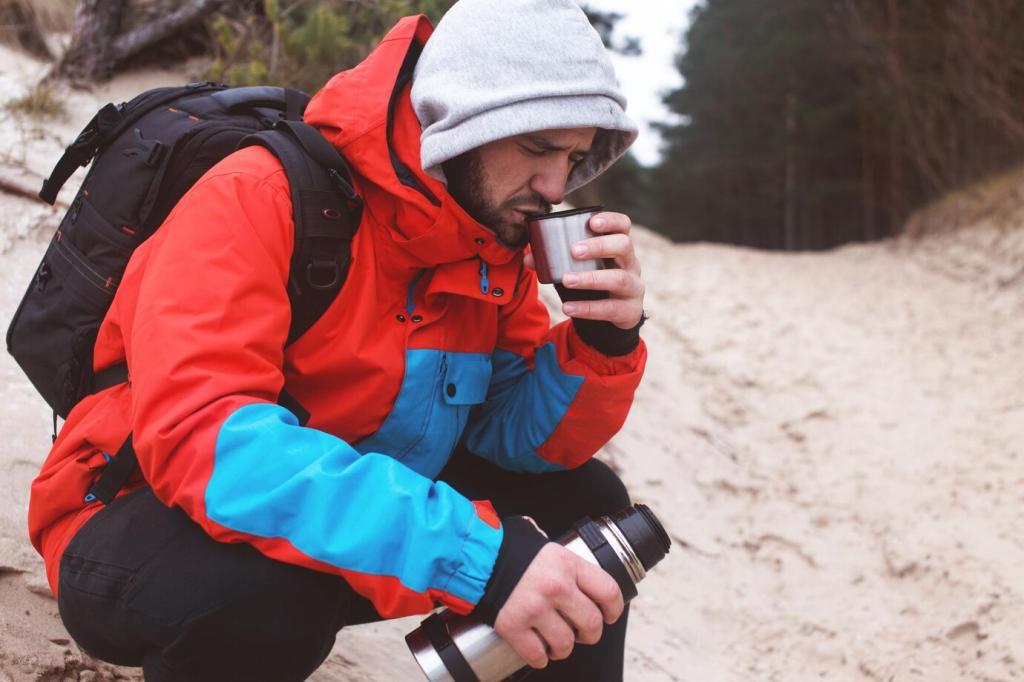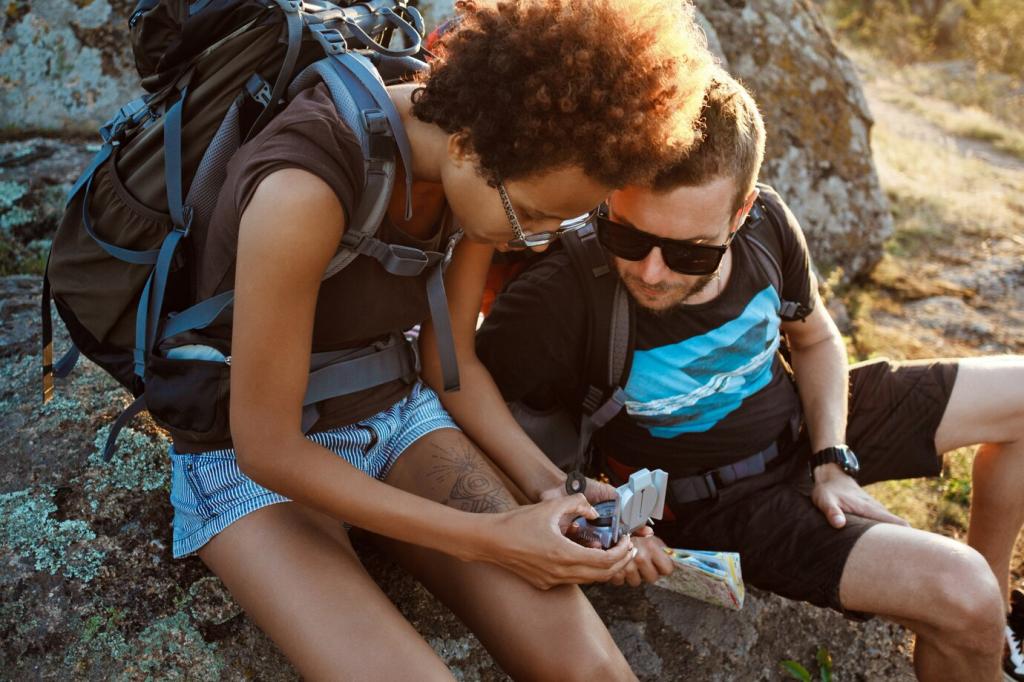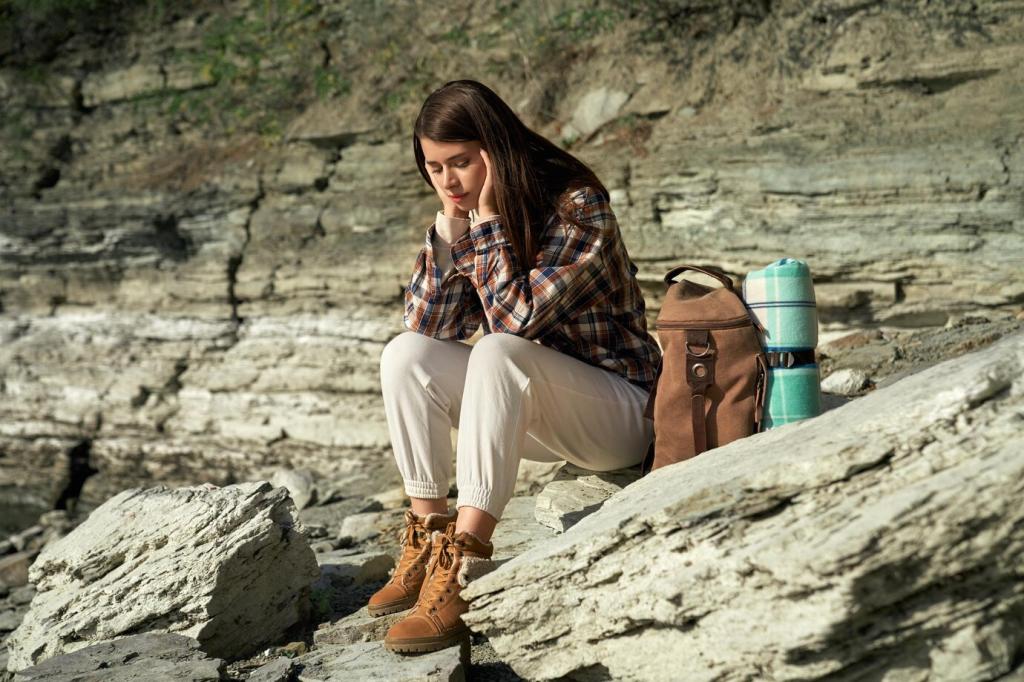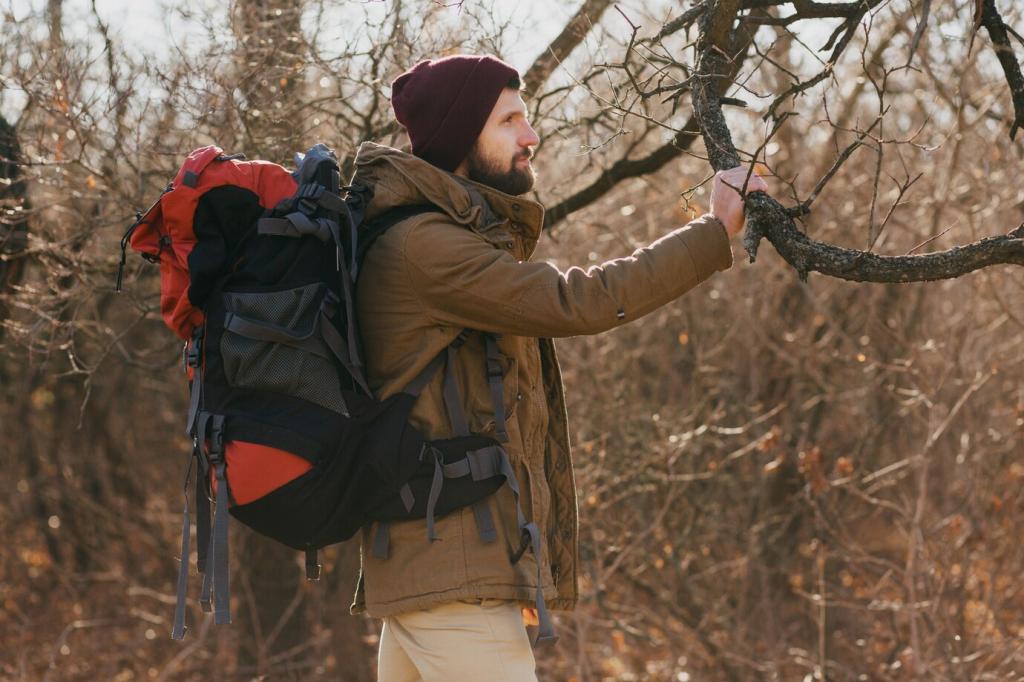Assessment and Triage: The Calm in the Chaos
Stop, breathe, and scan: weather, terrain, rockfall, rivers, animals, and the mechanism of injury. Put on gloves and make a plan before you touch the patient. If you become a second victim, everyone loses. What hazards do you scan for first? Share your checklist and teach others your habits.
Assessment and Triage: The Calm in the Chaos
Airway, Breathing, Circulation, Disability, Exposure. Open the airway, check breathing quality, stop life-threatening bleeding with direct pressure or a tourniquet, assess mental status, and expose only as needed to prevent hypothermia. Reassess continuously. Practice this flow on a hike and tell us what felt clumsy or smooth.

